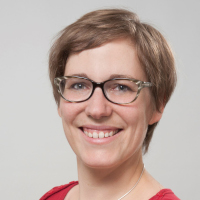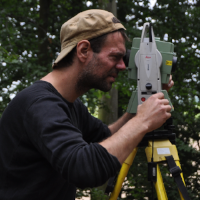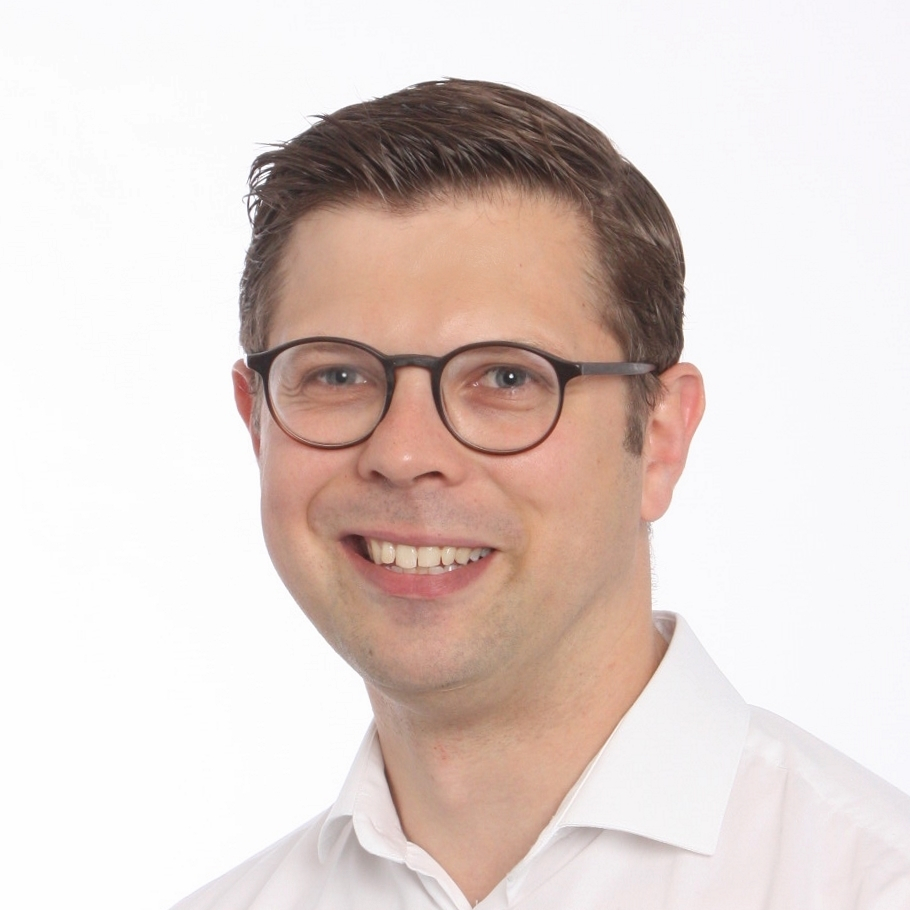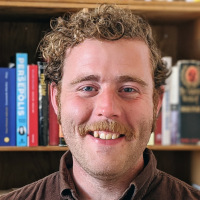Bern CoDA Lab
Courses, eBooks, Software, and Publications
The Bern Computational and Digital Archaeology lab (Bern CoDA Lab) is a research infrastructure hosted by the Institute for Archaeological Sciences of the University of Bern. It focuses on the promotion, support and development of computational and quantitative methods in archaeological research, from the initial data collecting, incl. adequate data management and storage, to the data processing and analysis, and not least to its visual presentation. The careful assessment of the data, the critical reflection of the methodology, and the thorough, integrative discussion of the achieved results are a matter of course.
Besides offering a series of equipment, software applications and further resources, we regularly provide targeted training and workshops in order to promote and exchange different approaches in computational and digital archaeology, all in a competent and stimulating research environment. We furthermore aim to sustainably contribute to the development of computational and digital archaeology.

Courses
Computer Aided Archaeology (CAA)
Lectures pdfs, lecture video recordings, course handouts and exercises.
Statistical Methods for Archaeological Data Analysis (SMADA)
Lectures pdfs, lecture video recordings, course handouts and exercises.
GIS in Archaeology (GIA)
Using QGIS for archeological investigations.
Tutorial ‘Predictive Mapping in R’ (8th of February 2019)
Using R to predict site probability using environmental variables.
Software available on GitHub
Our publications quantitative and computational analysis
This is a selection of papers involving the Bern CoDA Lab. See our individual websites for our publications on other topics.
-
Payne, Annick Daniela; Castellano, Lorenzo; d’Alfonso, Lorenzo (2018). Palaeographic Database for the Anatolian Hieroglyphic script 1.0 (Im Druck). In: Giusfredi, F. (Hg.) Formal Representation and the Digital Humanities. Cambridge Scholars Publishing
-
Siebke, Inga; Campana, Lorenzo; Ramstein, Marianne; Furtwängler, Anja; Hafner, Albert; Lösch, Sandra (2018). The application of different 3D-scan-systems and photogrammetry at an excavation — A Neolithic dolmen from Switzerland. Digital Applications in Archaeology and Cultural Heritage, 10, e00078. Elsevier 10.1016/j.daach.2018.e00078
-
Sollee, Alexander Ericson; Rutishauser, Susanne Muriel; Hübner, Christian; Hemeier, Birthe; Novák, Mirko (2018). Fernerkundung, geophysikalische Prospektion und Ausgrabungen am Sirkeli Höyük (TR): Die Wiederentdeckung des antiken Kummanni/Kisuatni. Mitteilungen der Naturforschenden Gesellschaft in Bern, 75, S. 112-135. Naturforschende Gesellschaft Bern
-
Rutishauser, Susanne Muriel (Februar 2018). Hollow Ways – Wegenetze der Bronzezeit. In: Oswald, Debora; Schiel, Linda; Wagener-Böck, Nadine (Hg.) unterwegs. Zu Gestalt, Funktion und Materialität von Wegen. - Wege: Gestalt – Funktion – Materialität. Schriftenreihe der Isa Lohmann-Siems Stiftung: Vol. 11 (S. 22-39). Reimer Verlag
-
Hinz, M. (2020). Sensitivity of Radiocarbon Sum Calibration. Journal of Computer Applications in Archaeology, 3(1), 238–252. https://doi.org/10.5334/jcaa.53
-
Hinz, M., & Heitz, C. (2022). Unsupervised Classification of Neolithic Pottery From the Northern Alpine Space Using t-SNE and HDBSCAN. Open Archaeology, 8(1), 1183–1217. https://doi.org/10.1515/opar-2022-0274
-
Schmid, C., Seidensticker, D., & Hinz, M. (2019). c14bazAAR: An R package for downloading and preparing C14 dates from different source databases. Journal of Open Source Software. https://doi.org/10.21105/joss.01914





